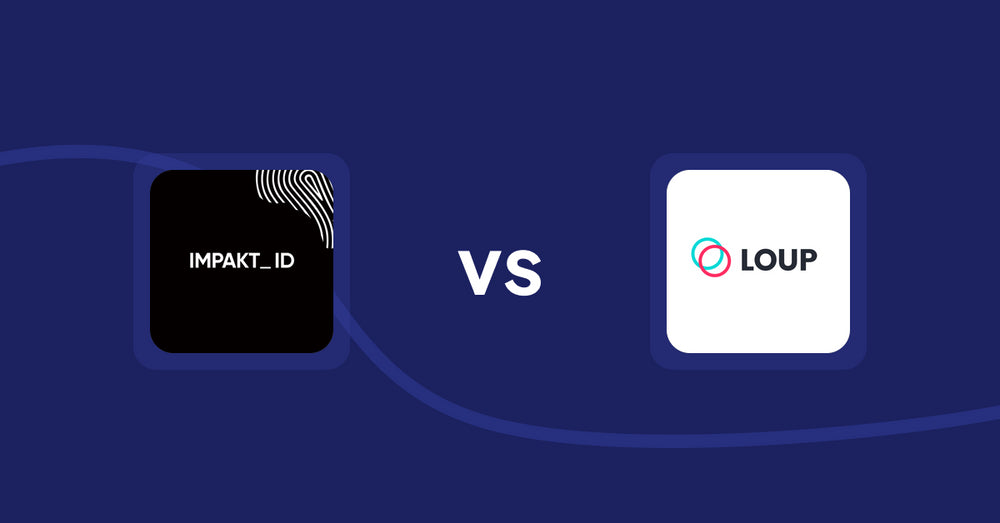Shopify Product Display Apps: Xpander vs Menulog

Table of Contents
- Introduction
- How Does Xpander Work?
- How Does Menulog Work?
- How Much Does Xpander Cost?
- How Much Does Menulog Cost?
- Cost Analysis: Xpander vs. Menulog
- User Reviews & Customer Support Insights
- Integration and Compatibility Comparison
- Conclusion
Introduction
In today's highly competitive e-commerce landscape, effective product display can significantly influence purchasing decisions. Did you know that visually engaging product displays can increase conversion rates by up to 30%? This underscores the importance of using product display apps that not only enhance product visibility but also improve customer experience and drive sales.Product display apps play a critical role in enhancing user experience by allowing merchants to showcase their products in an organized and attractive manner. They can optimize product visibility, increase average order values, and boost ad returns. In this blog post, we will explore two popular Shopify apps, Xpander and Menulog, which each offer unique functionalities that help businesses elevate their product display strategies.
How Does Xpander Work?
Xpander, developed by DigiFist, is designed to turn product variants into standalone products, making them easier for customers to find and purchase. This app aims to enhance the discoverability of products, ultimately leading to better customer engagement and higher sales.The core features of Xpander include:
-
Standalone Displays for Product Variants: This feature allows your product variants to be displayed as individual products. By increasing visibility, it makes the purchasing process simpler for customers, potentially increasing conversion rates.
-
Inventory Synchronization: Xpander efficiently syncs inventory levels between expanded products. This eliminates confusion over stock levels, reduces the risk of overselling, and enhances the customer experience by ensuring the product availability displayed is accurate.
-
Smart Variables for SEO: Incorporating smart variables helps optimize product listings for search engines. Enhanced visibility in search results can lead to increased traffic and higher sales.
-
Preview Setup: This feature enables merchants to run expansions without affecting website speed or user navigation. This ensures that the enhancement is implemented smoothly, keeping the customer experience seamless.
These capabilities are ideal for businesses of all sizes. Startups may value the free plan, which allows syncing of five expanded products per month, while small to medium businesses may prefer the $49 Starter plan for syncing up to 50 products. Larger enterprises with extensive inventories may lean toward the Pro plan at $189, which supports up to 250 expanded products. With this thoughtful design, Xpander stands out by offering solutions tailored to various operational needs.
Imagine a small online clothing store utilizing Xpander to feature multiple color options for dresses. By displaying each color as a separate product, customers are more likely to recognize and purchase what they are searching for, leading to increased sales. Such a transformation can prove invaluable for any business focused on enhancing product display.
How Does Menulog Work?
In contrast, Menulog by Blue Gum focuses on helping businesses build attractive restaurant menus and product catalogs using real-time product data. This instant updating capability is a significant advantage for any business striving to maintain accuracy in listings.Key features of Menulog include:
-
Unlimited Menus or Catalogs: This feature empowers businesses to create as many menus or catalogs as needed without extra costs. It’s a terrific option for those managing diverse product lines.
-
Real-Time Product Data Integration: Menulog allows users to integrate real-time product information from their store collections. This feature eliminates the hassles associated with outdated menus and catalog updates.
-
Customization Tools: With various editing tools, users can customize their menus to reflect their branding effectively. This allows for uniqueness among competitors.
Although these features are beneficial, they primarily cater to restaurants and food-related businesses. For startups, the $10 Basic Plan may provide sufficient support. Large enterprises, however, may need additional functionalities that Menulog does not offer at this price point.
To illustrate, a local restaurant could utilize Menulog to create a visually appealing menu that updates automatically. If they introduce a new dish, the menu seamlessly incorporates this change without manual intervention. This ease of use can save valuable time while keeping the customer experience fresh and relevant.
How Much Does Xpander Cost?
When discussing cost-effective solutions for product display, Xpander offers various pricing tiers that cater to different business needs:-
Free Plan: Perfect for startups, this plan allows up to 5 expanded products synced per month at no cost. This tier is ideal for small businesses looking to test the app's effectiveness without financial commitment.
-
Starter Plan ($49/month): This plan supports up to 50 expanded products synced monthly. It's a great choice for small to medium-sized businesses aiming to increase their online visibility without overspending.
-
Pro Plan ($189/month): Best suited for larger enterprises handling extensive catalogs, this plan allows syncing of up to 250 expanded products per month. Businesses exceeding this can expect an additional fee of $0.65 per product, which is essential to consider for those with vast inventories.
It is important to note that you can always reach out to our team, and we can create a custom pricing plan to suit your needs and your budget. Schedule a call via this link, and we’ll come up with the best solution for you and your business.
How Much Does Menulog Cost?
Menulog adopts a simplistic pricing model targeted at businesses primarily within the food service industry.- Basic Plan ($10/month): Provides unlimited restaurant menus or catalogs and customer support. While an excellent option for those starting, restaurants aiming for more complex offerings may find limitations inherent in a single-tier solution.
The importance of cost-effective solutions cannot be overstated. Menulog appeals to businesses looking to maintain budget-friendly options while establishing a digital presence. However, those requiring more extensive functionality or scalability may need to reassess their choice given Menulog's limitations.
Cost Analysis: Xpander vs. Menulog
From a cost perspective, Xpander provides a greater value proposition for businesses of varying scales. While Menulog offers a predictable cost structure, the single $10 plan lacks the scalability that many businesses need as they grow.Additionally, Xpander’s pricing tiers align well with larger inventories and provide extensive features necessary for complex product displays. The flexibility in Xpander's pricing allows businesses to select a plan that best fits their operational size, while Menulog’s limited approach might necessitate a reevaluation later on.
Furthermore, both apps could consider offering promotional discounts or free trials to entice new users, but Xpander has already shown better responsiveness in terms of addressing diverse business needs through customizable pricing.
User Reviews & Customer Support Insights
Is Xpander good?
Xpander boasts an impressive 5-star rating across 64 reviews, reflecting high user satisfaction. Users frequently praise its intuitive interface and robust functionality that simplify the process of displaying product variants. Such positive feedback illustrates Xpander’s effectiveness in increasing product discoverability, leading to higher sales for merchants.Is Menulog good?
On the other hand, Menulog has an average rating of 0 stars with no user reviews to support its value. While its features appear promising, the lack of user feedback raises concerns regarding the app’s performance in real-world applications.Given its recent launch in February 2024, it is still too early to draw concrete conclusions about its effectiveness. However, potential users may be wary of a new app without established credibility.
Customer support plays an essential role in shaping user experiences. While general queries can typically be addressed, the quality and timeliness of support will likely influence future ratings for Menulog based on user experiences.
User Preference: Xpander or Menulog?
Comparatively, Xpander stands out not only for its user satisfaction but also for its breadth of features tailored to diverse business needs. The high rating suggests a favorable reception among its users, while Menulog’s lack of feedback might indicate a tepid interest or issues yet to be addressed.The differences in ratings can likely be attributed to Xpander's comprehensive feature set, ease of use, and effective outcomes, while Menulog struggles with visibility and trust due to its nascent presence in the market.
Integration and Compatibility Comparison
Xpander Integrations
Xpander does not outline specific integrations in its documentation, but it supports seamless integration with Shopify, maximizing its utility for e-commerce merchants. This ensures that businesses can make the most of their existing setups without compliance hassles.Menulog Integrations:
Currently, Menulog also lacks various integrations and supports only basic functionalities. This can be a significant downside for businesses looking for a comprehensive solution designed to enhance their overall operational efficiency. Given the limited capabilities, this may hinder its appeal among potential users seeking sophisticated solutions.Conclusion
In summary, both Xpander and Menulog offer valuable solutions for their respective markets, yet Xpander prevails with its user-friendly design, extensive features, and customizable pricing options that cater effectively to varying business scales. With a stellar 5-star rating, Xpander is well-regarded for enhancing engagement and increasing average order values.While Menulog has introduced functional capabilities for restaurant menu creation, its current performance and rating suggest it has yet to establish a track record that resonates with users. For businesses seeking a comprehensive, effective, and budget-friendly product display solution, Xpander is undoubtedly the superior choice.
Still Searching for the Perfect Customization Solution?
Stop searching and start thriving with Accentuate Custom Fields! This powerful metafield management app supercharges Shopify’s native features, giving you the tools to create a truly personalized customer experience.
Why Choose Accentuate Custom Fields?
- Advanced Customization: Unlimited field definitions, logical grouping, and custom layouts make your store one-of-a-kind.
- Enhanced Editor Experience: Effortlessly edit variant metafields, use advanced HTML and markdown editors, and sync field definitions between stores.
- Flexible Management: Import/export capabilities, automatic tagging, and comprehensive support for Metaobjects and versioning.
- 24/7 Support: If you have any questions or need assistance, our team is available around the clock to help with any custom modifications to suit your store.
Join over 12,000 merchants, including top Shopify Plus stores, who trust Accentuate for their customization needs. With a stellar 4.9-star rating, Accentuate is the go-to tool for advanced CMS needs, offering unmatched flexibility and control over your store’s content. Elevate your Shopify store with high-quality content that boosts customer experiences and conversions. Tell your story, showcase your products, and create an engaging customer journey with ease.
Experience the Accentuate difference and watch your Shopify store thrive!
Accentuate vs Competition
Explore how Accentuate Custom Fields stands out. Whether you’re aiming to customise your storefront, streamline operations or improve content management, see how we compare against the competition
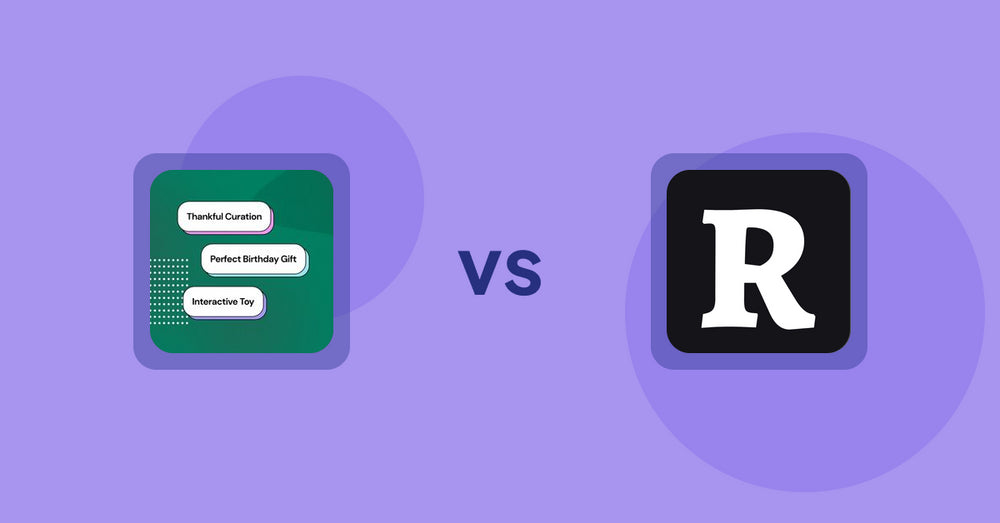
Shopify Product Display Apps: FeatureFrame ‑ Pretty Product vs. AI SEO: Top Product Features
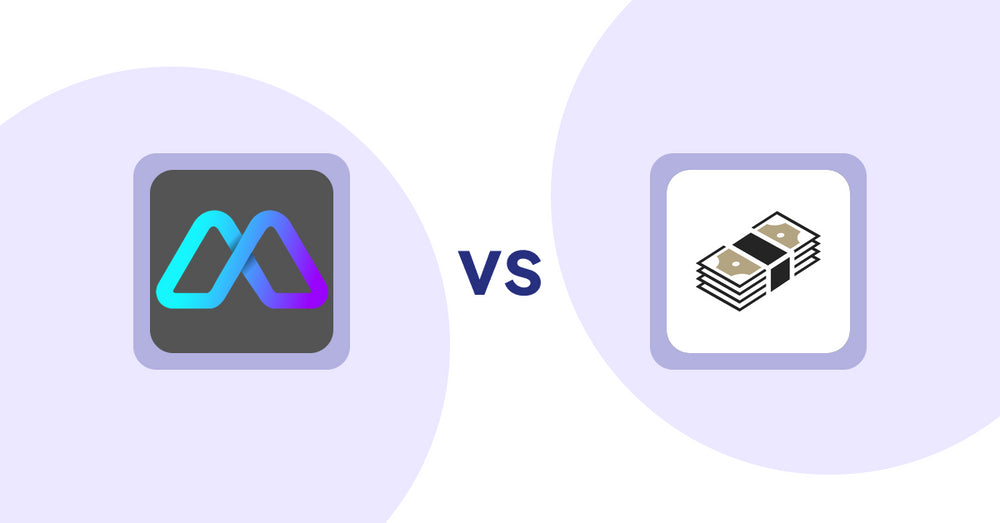
Shopify Product Display Apps: Metadrob: Create Virtual Store vs シンプルクラウドファンディング|お手軽自社クラファン
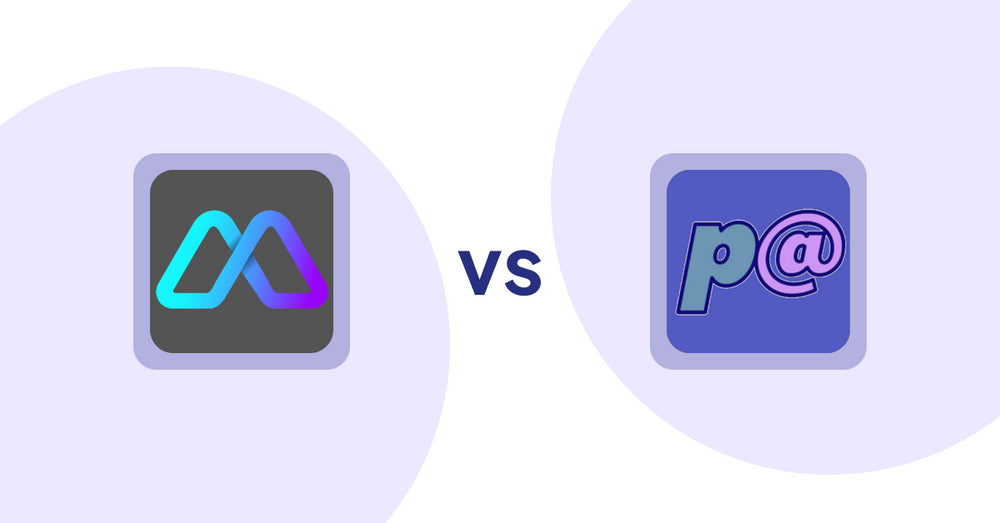
Shopify Product Display Apps: Metadrob: Create Virtual Store vs Parameterizer
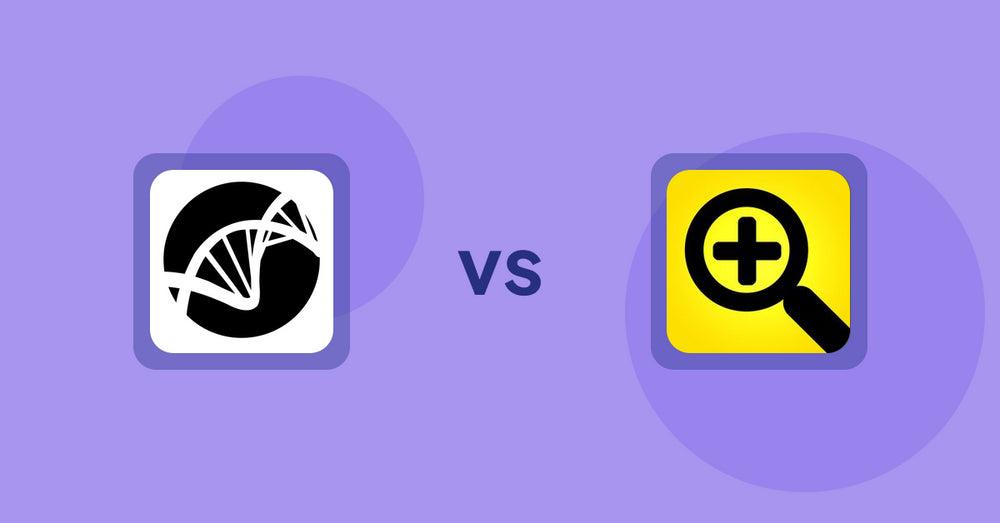
Shopify Product Display Apps: Bike Matrix vs. Fast View: Fastest Quick View
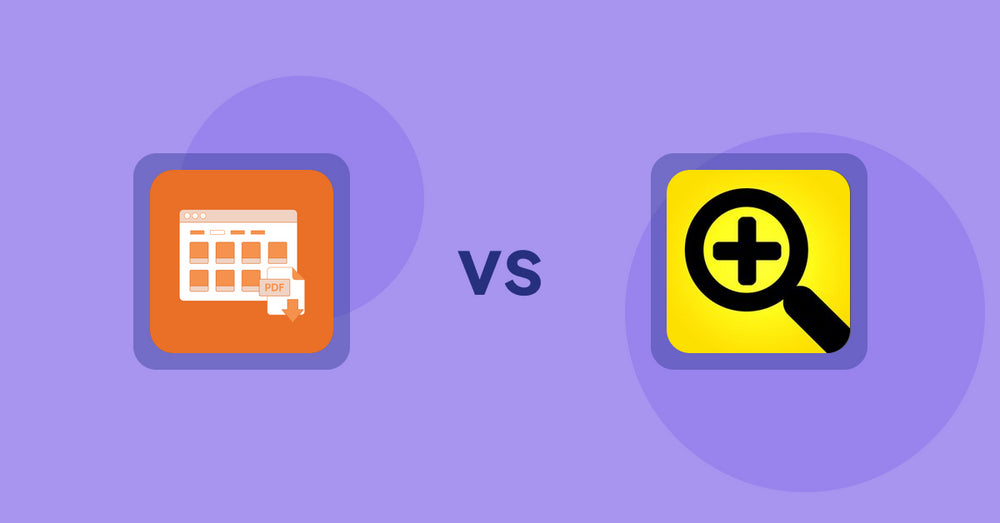
Shopify Product Display Apps: Meetanshi PDF Product Catalog vs Fast View: Fastest Quick View
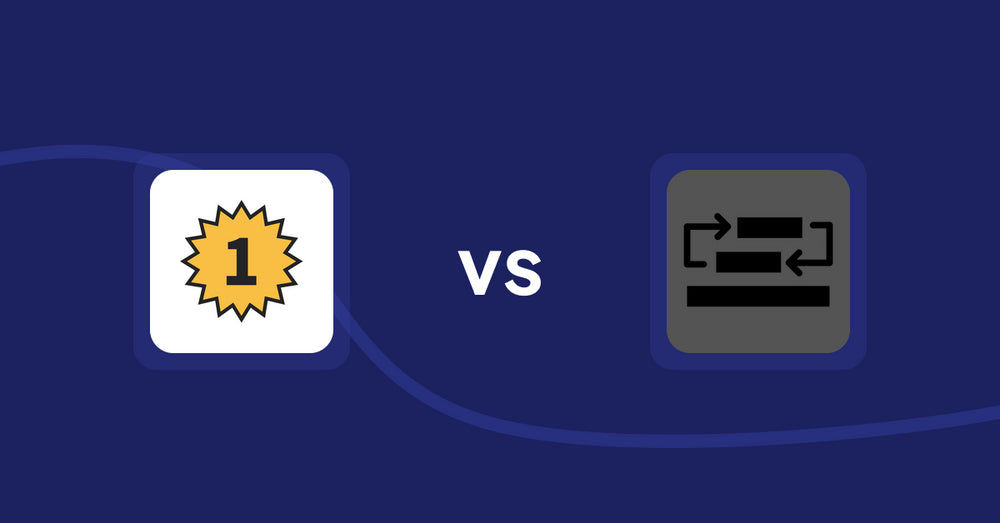
Shopify Product Display Apps: UR: Smart Ranking vs Sortyfi Collection Merchandise
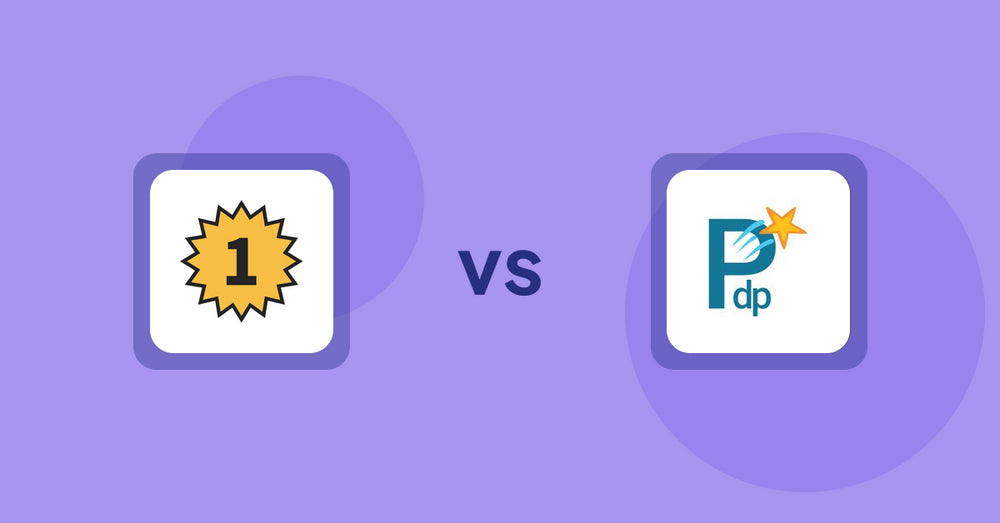
Shopify Product Display Apps: UR: Smart Ranking vs PDP Star
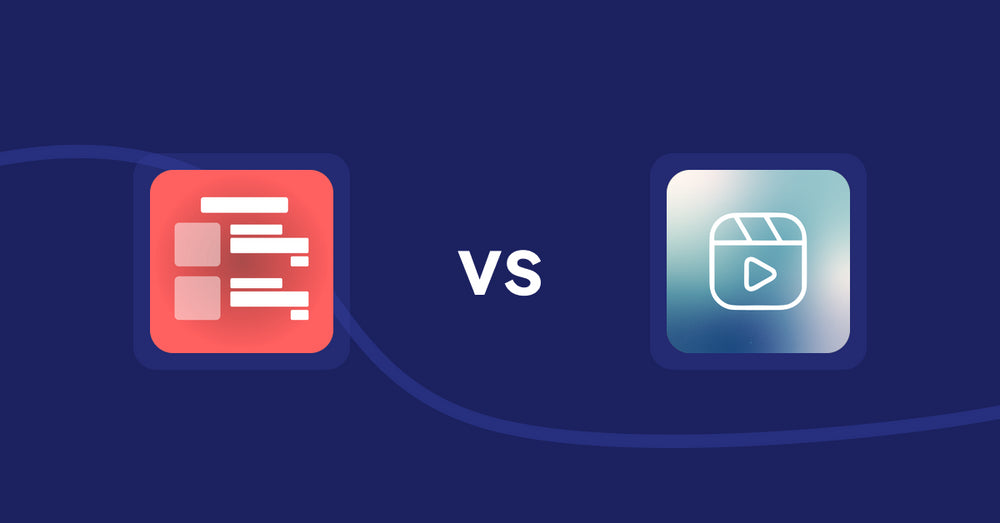
Shopify Product Display Apps: Menulog vs Reelify ‑ Shoppable Reel Video
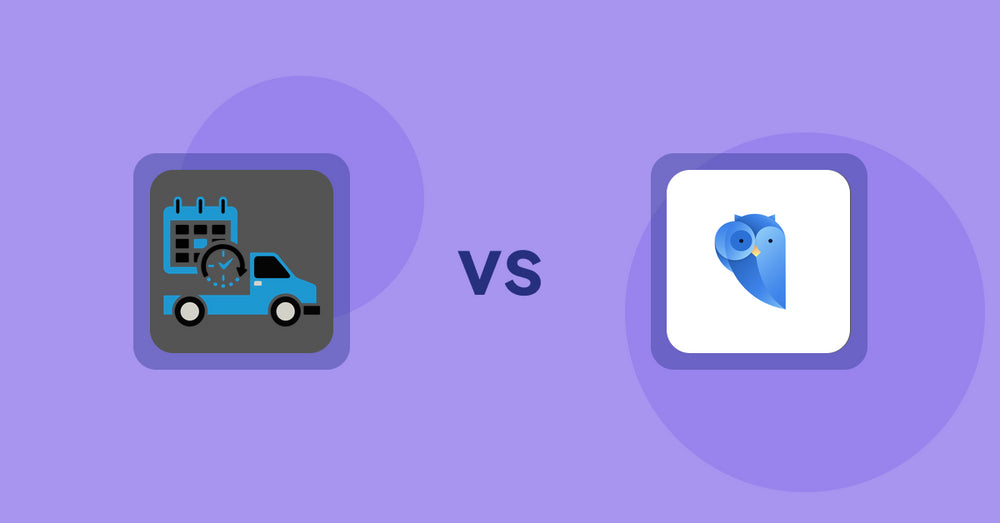
Shopify Product Display Apps: H3 Estimated Delivery vs Findify Search & Merchandise
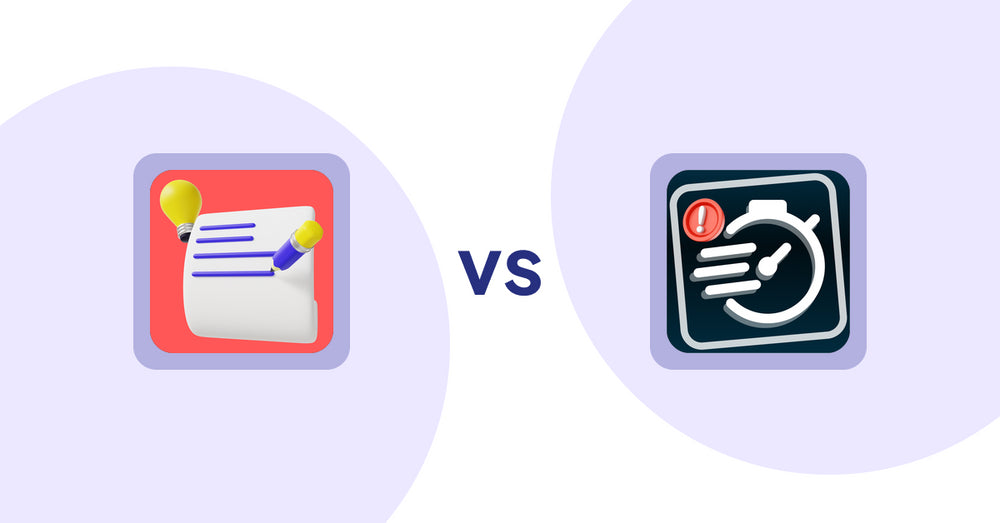
Shopify Product Display Apps: Wordo ‑ ChatGPT AI Description vs Urgency! Low Stock Counter
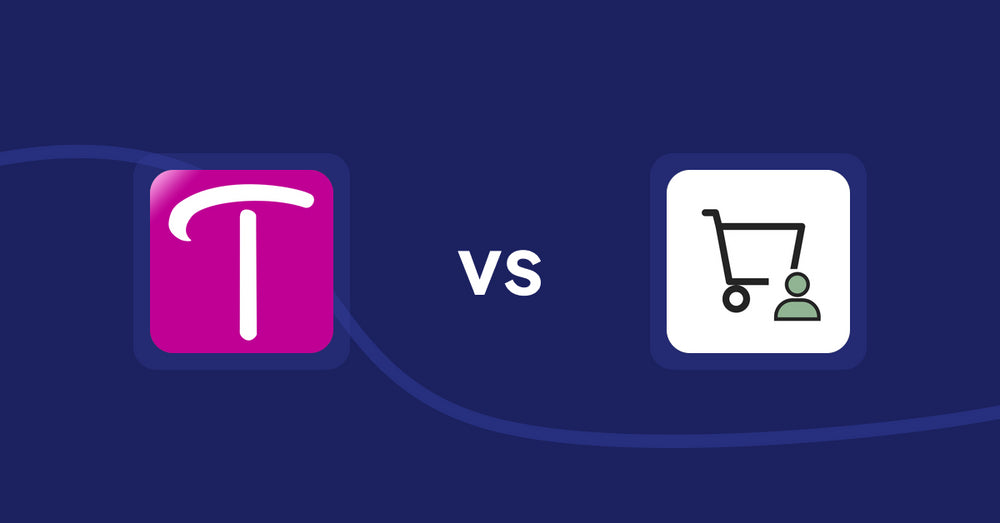
Shopify Product Display Apps: WS Transparency vs シンプル会員注文割引|お手軽ログインセール設定
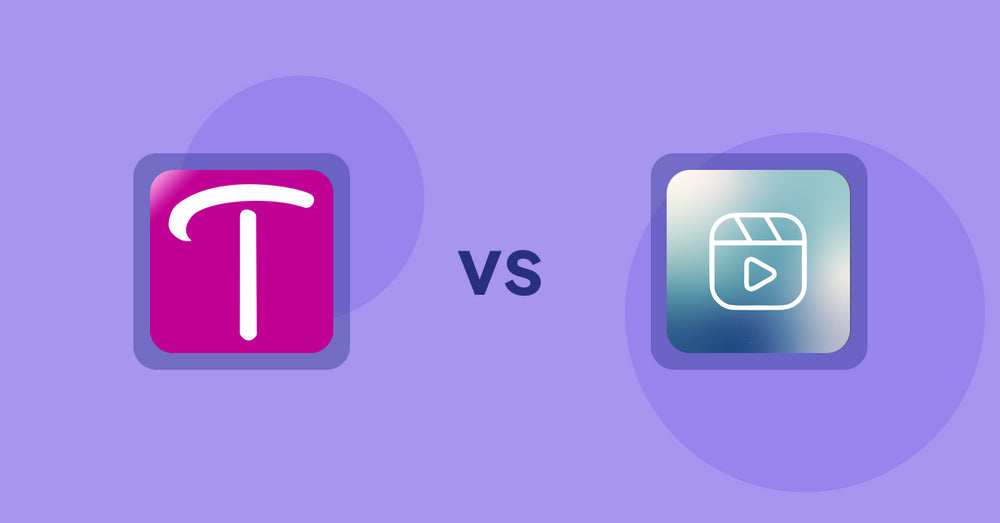
Shopify Product Display Apps: WS Transparency vs Reelify ‑ Shoppable Reel Video
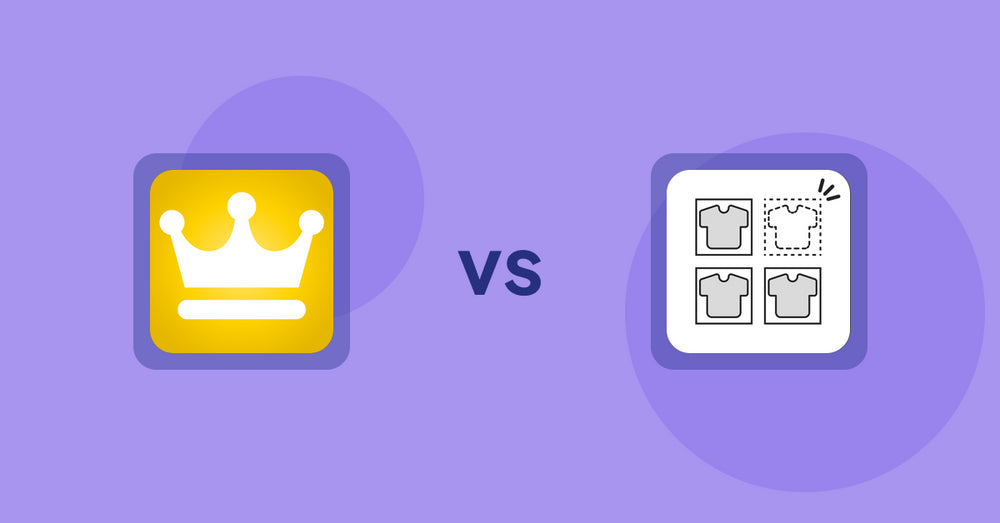
Shopify Product Display Apps: Awesome Ranking vs シンプル売り切れ非表示|在庫切れ商品の表示変更
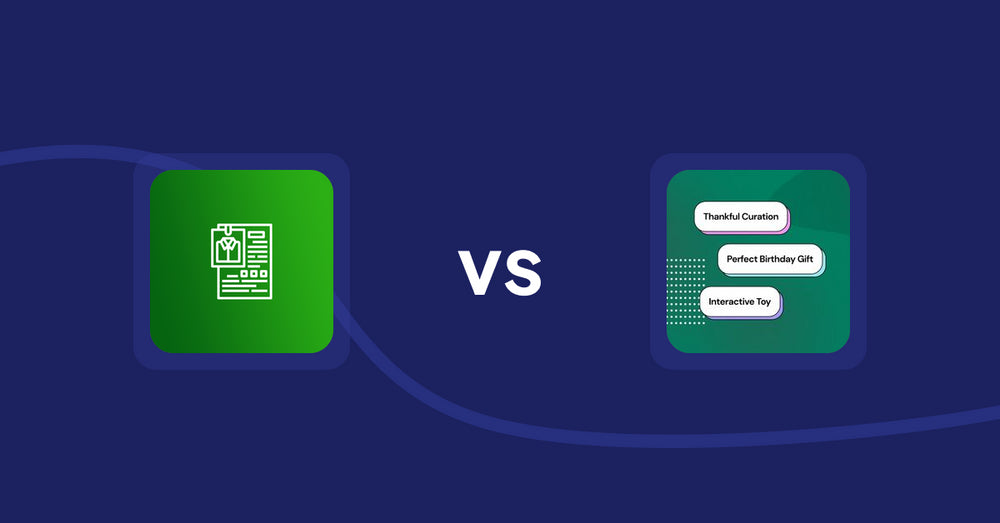
Shopify Product Display Apps: OC Product Size Chart vs FeatureFrame ‑ Pretty Product
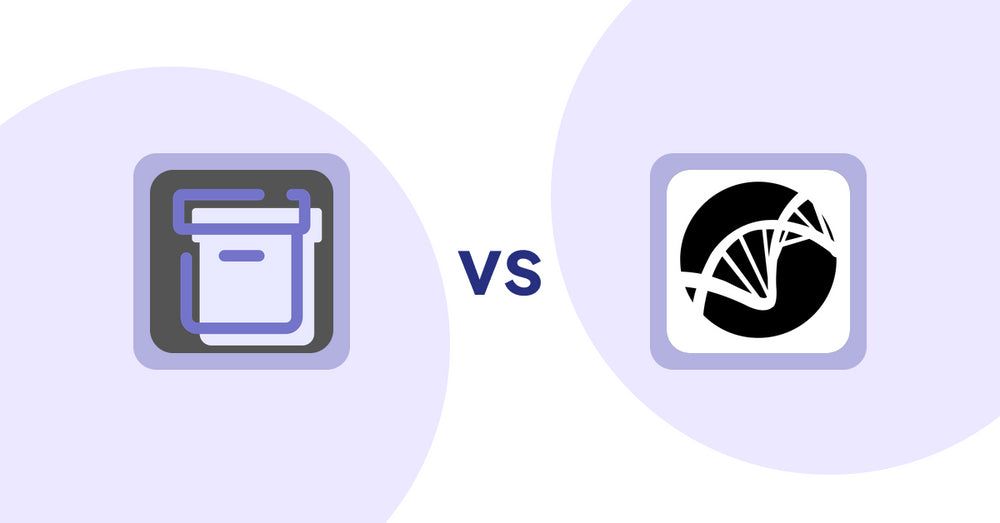
Shopify Product Display Apps: Shelfify vs Bike Matrix
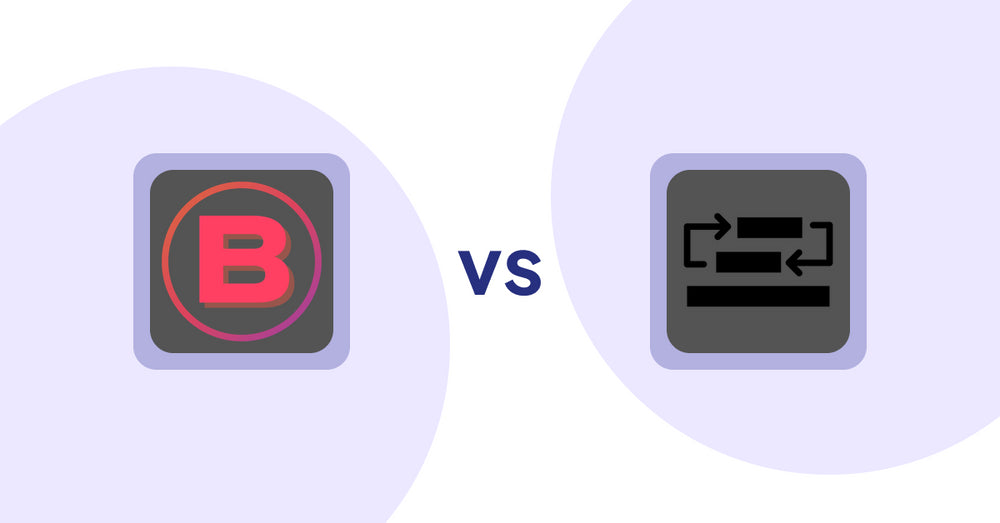
Shopify Product Display Apps: Banter Stories vs Sortyfi Collection Merchandise
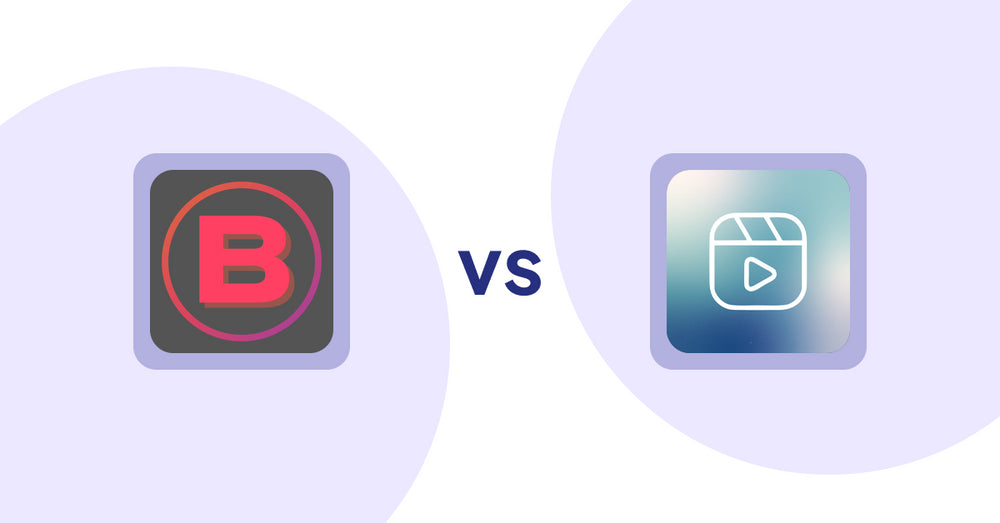
Shopify Product Display Apps: Banter Stories vs. Reelify ‑ Shoppable Reel Video
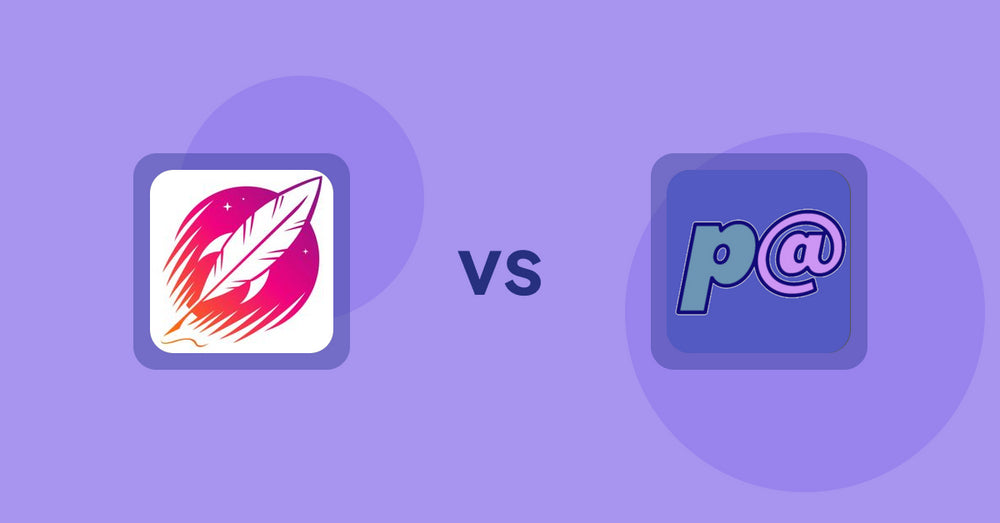
Shopify Product Display Apps: Wordsmith: Content Generator vs Parameterizer
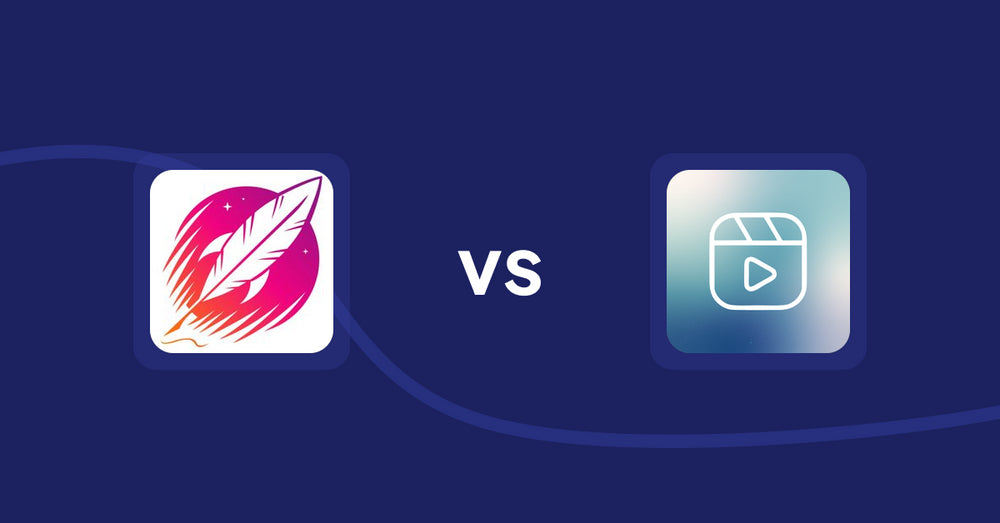
Shopify Product Display Apps: Wordsmith: Content Generator vs Reelify ‑ Shoppable Reel Video
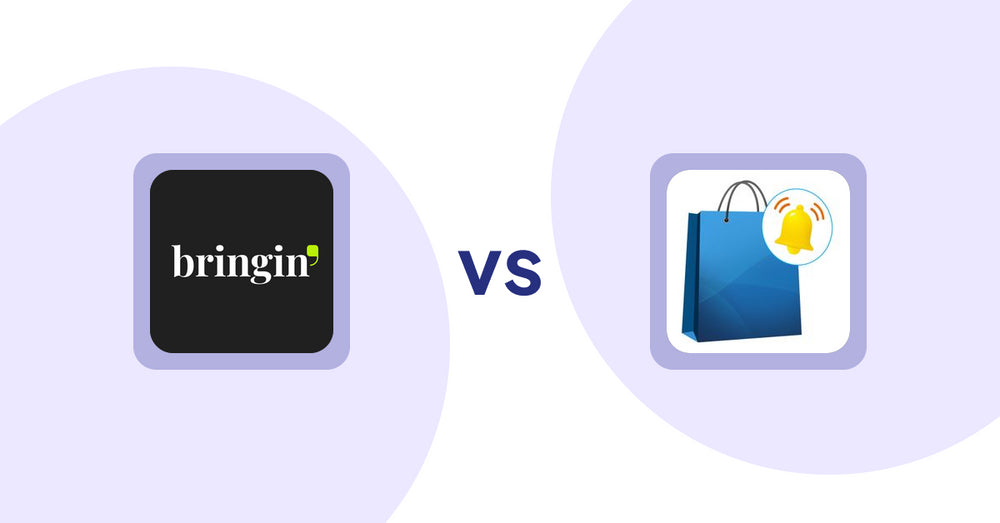
Shopify Product Display Apps: Bringin vs CartBar ‑ Product Purchase Bar
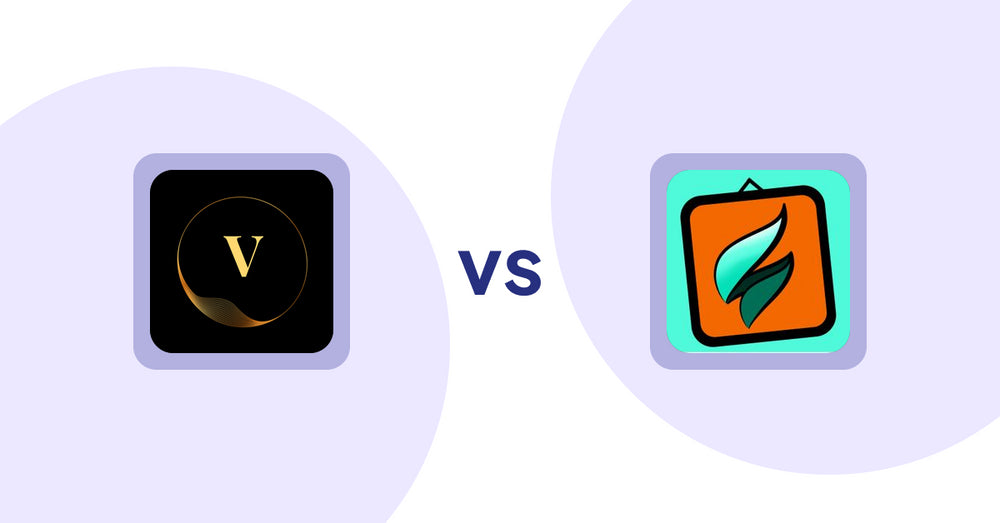
Shopify Product Display Apps: ProductTube vs SMART ‑ Art Product Builder
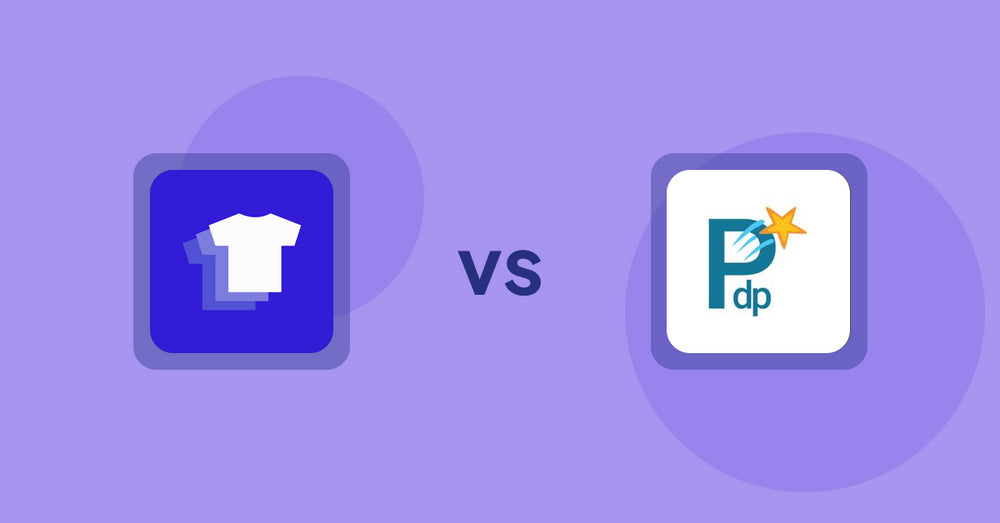
Shopify Product Display Apps: Xpander vs PDP Star
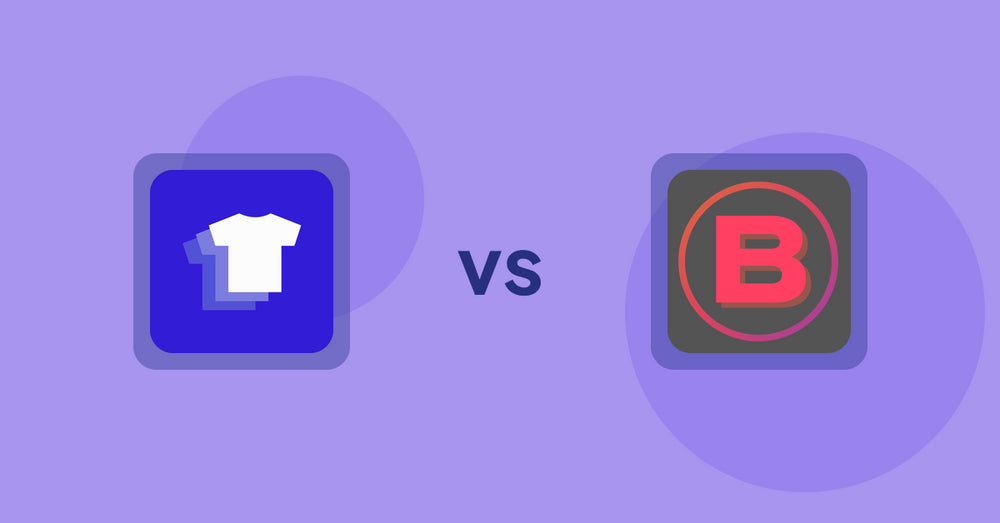
Shopify Product Display Apps: Xpander vs Banter Stories
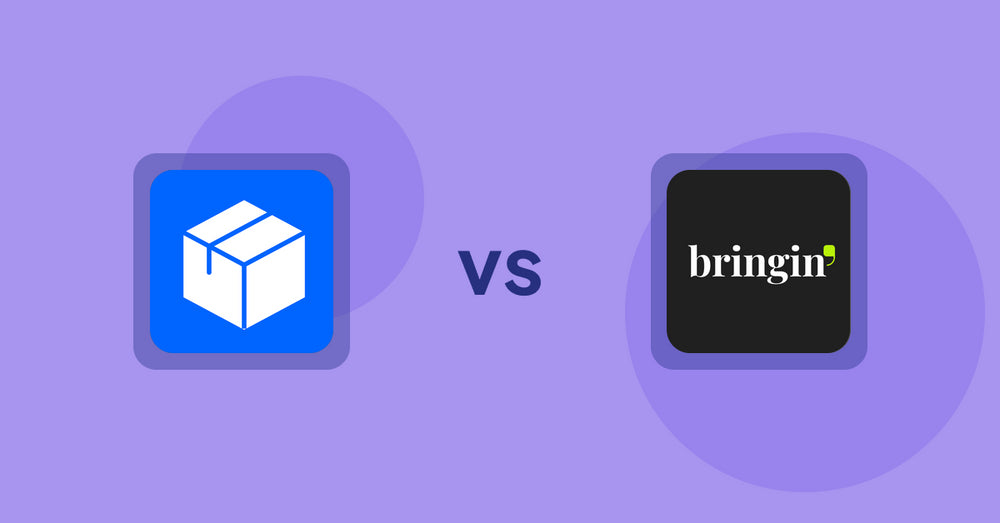
Shopify Product Display Apps: Wonderful Widgets vs Bringin
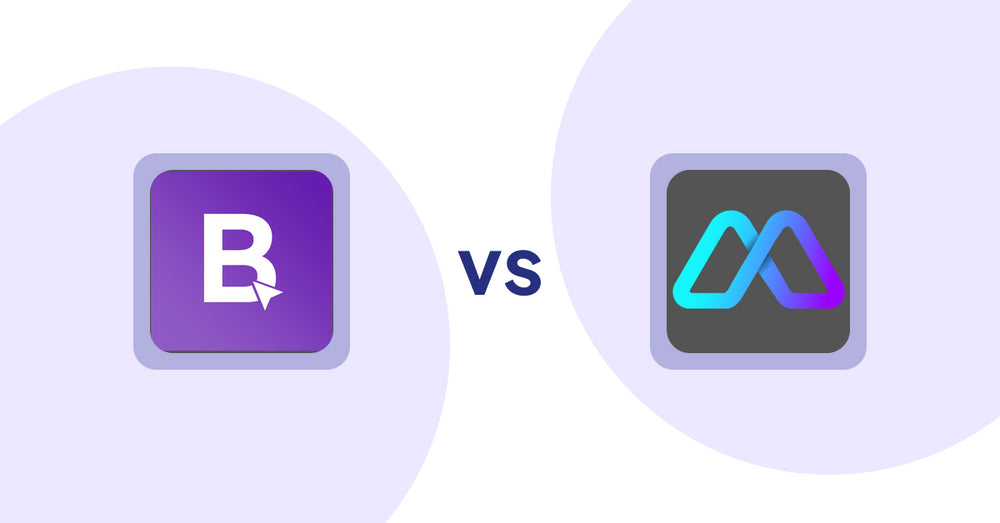
Shopify Product Display Apps: BookE - Rent Property & Service vs Metadrob: Create Virtual Store
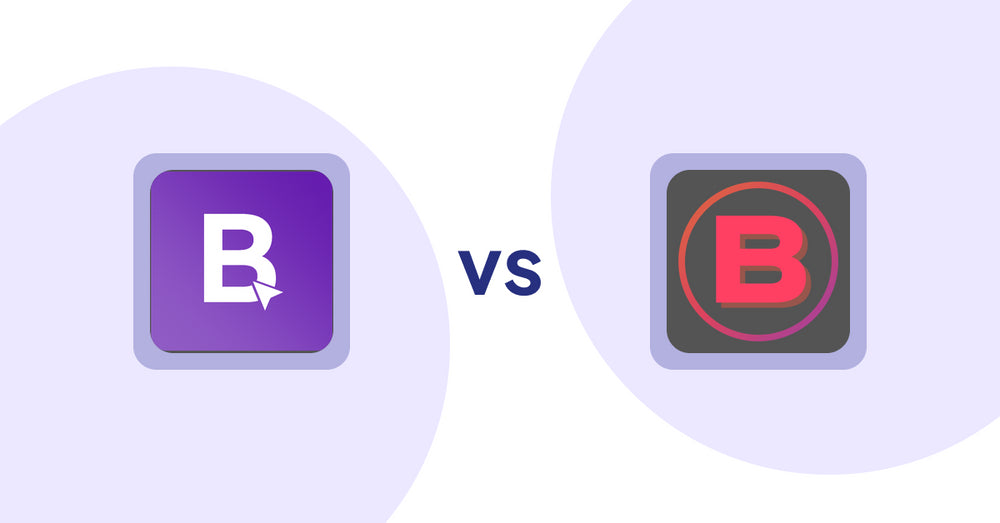
Shopify Product Display Apps: BookE ‑Rent Property & Service vs. Banter Stories
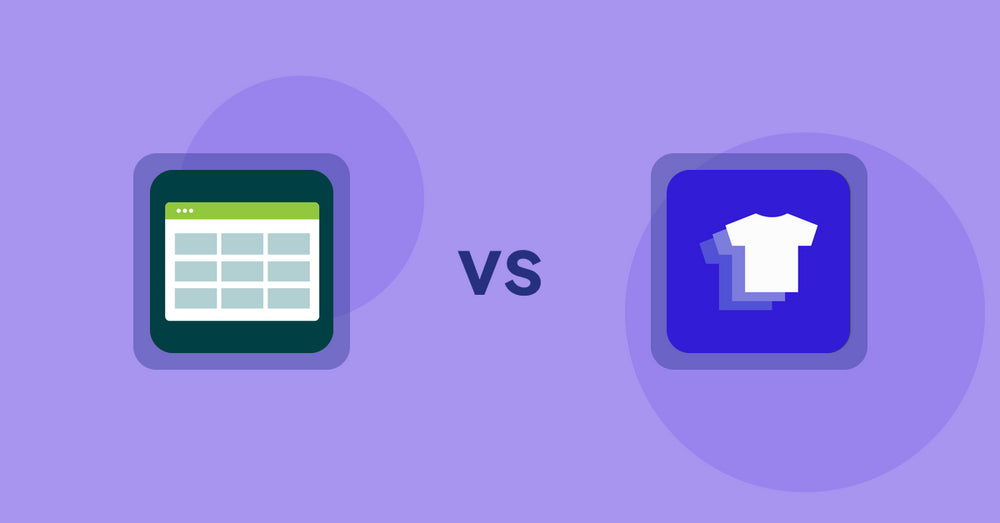
Shopify Product Display Apps: Product Table vs. Xpander
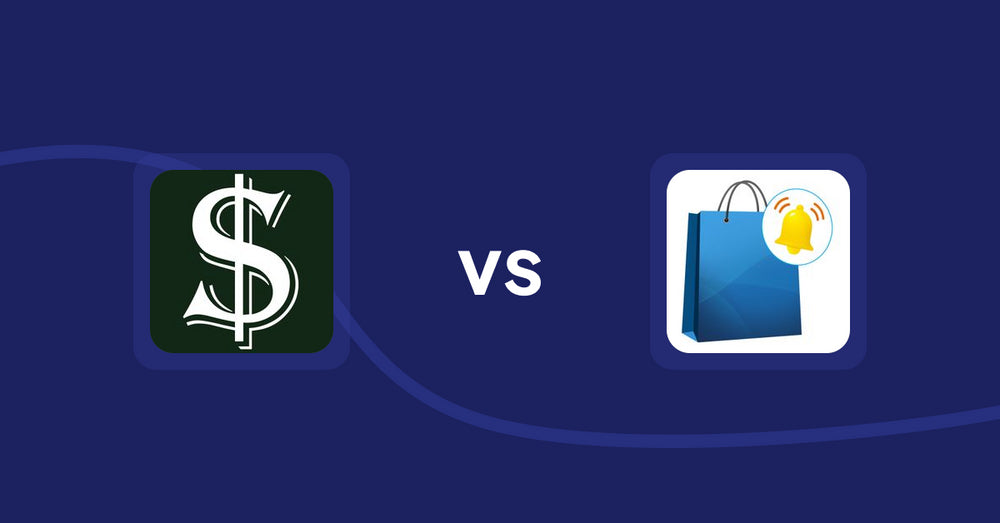
Shopify Product Display Apps: Selling Fast vs CartBar ‑ Product Purchase Bar
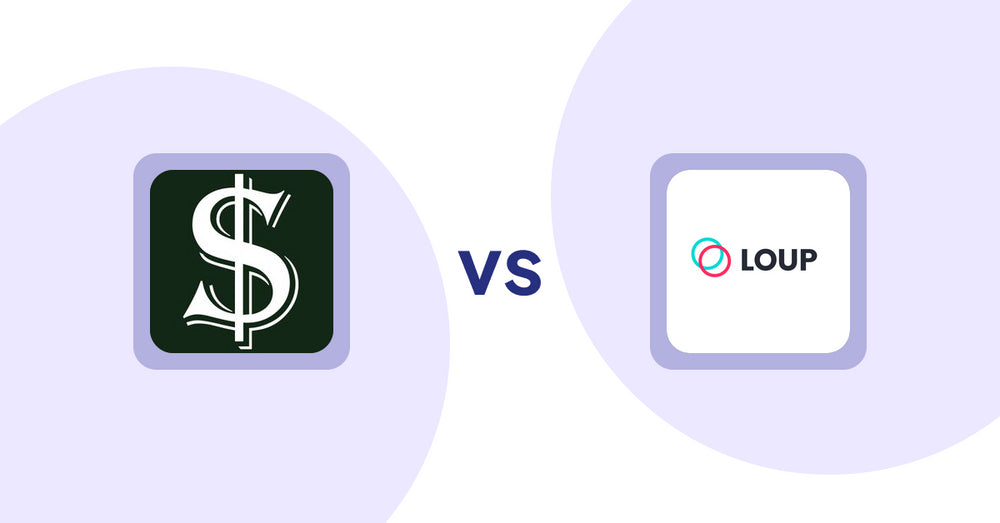
Shopify Product Display Apps: Selling Fast vs. Loup: Sell on Instagram
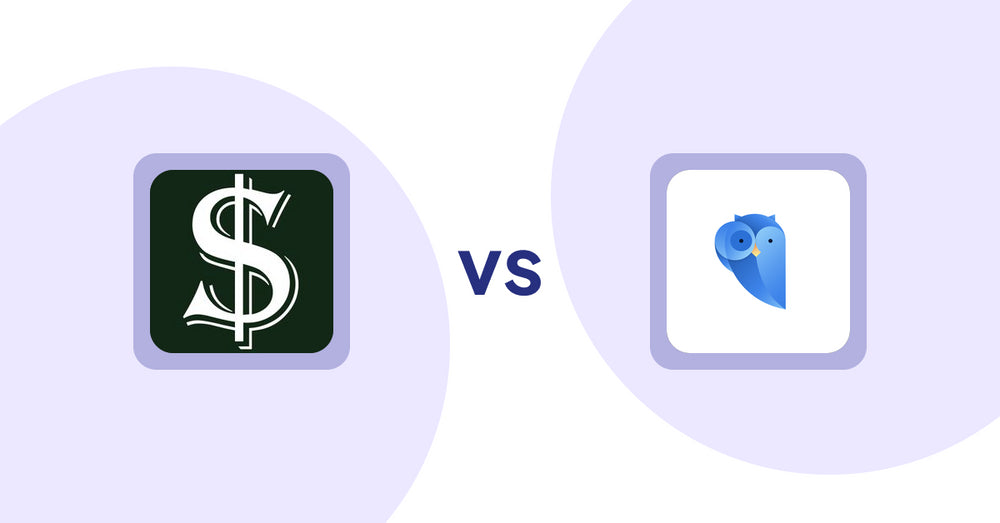
Shopify Product Display Apps: Selling Fast vs. Findify Search & Merchandise
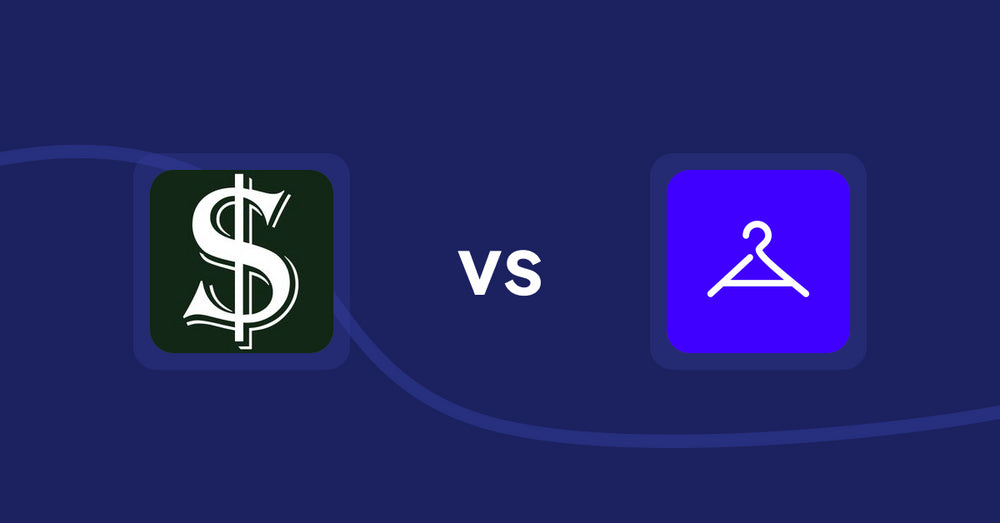
Shopify Product Display Apps: Selling Fast vs. Aiuta
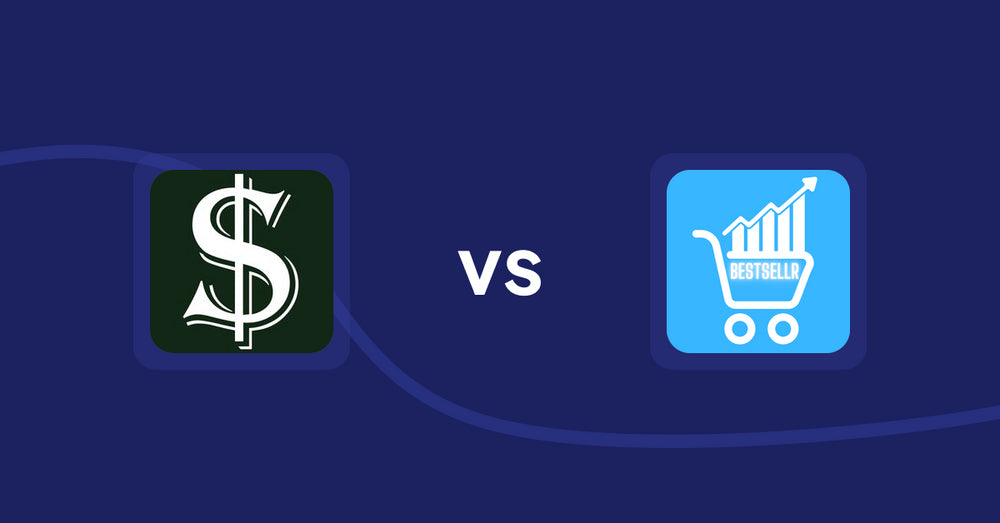
Shopify Product Display Apps: Selling Fast vs Bestsellr
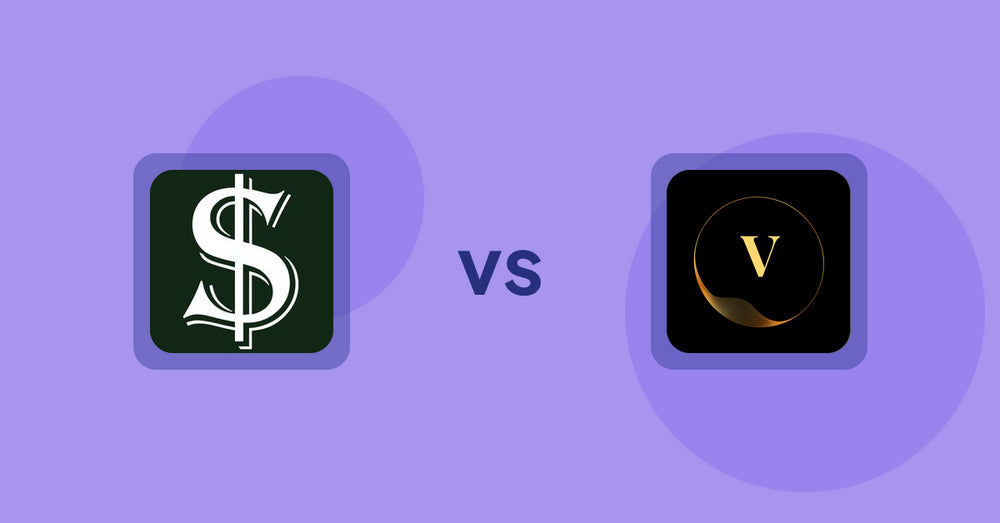
Shopify Product Display Apps: Selling Fast vs ProductTube
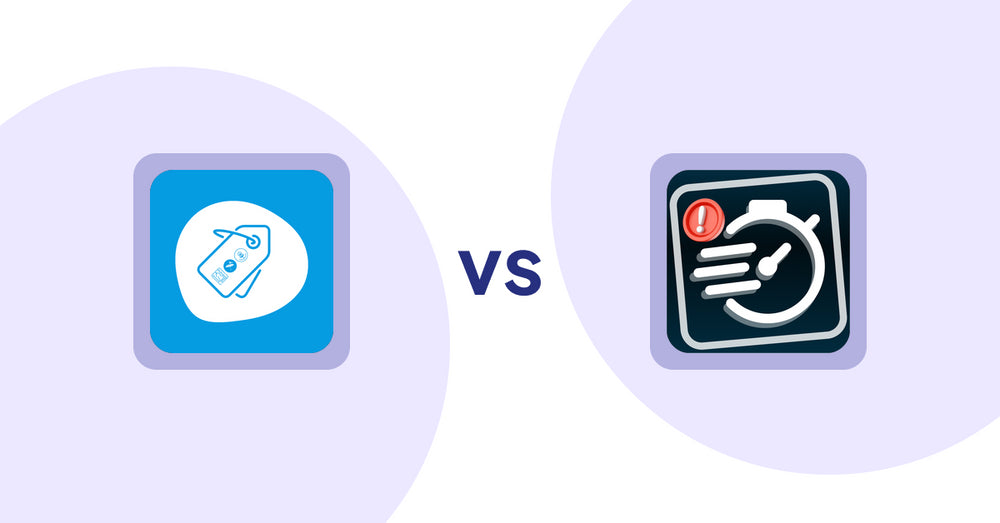
Shopify Product Display Apps: Extendons Product Tag Images vs Urgency! Low Stock Counter
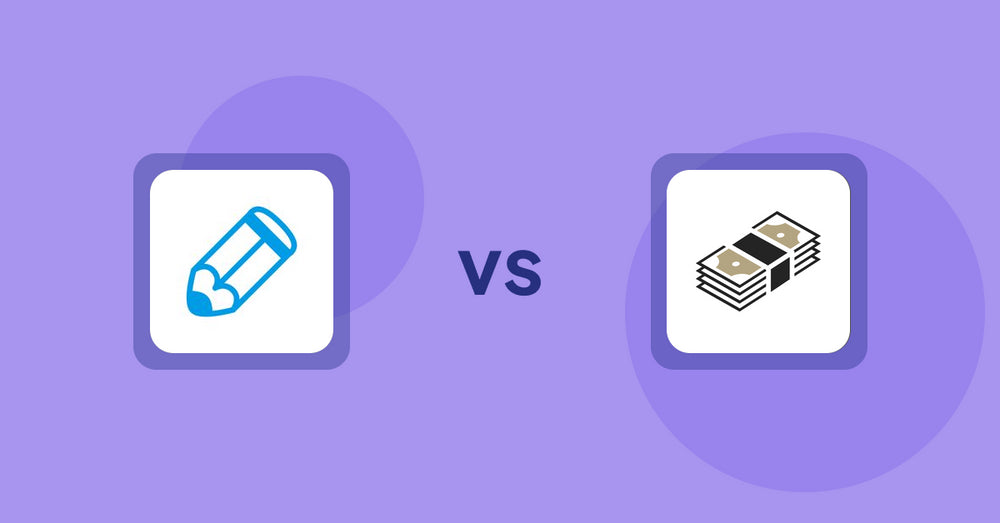
Shopify Product Display Apps: Writer Sofia vs シンプルクラウドファンディング|お手軽自社クラファン
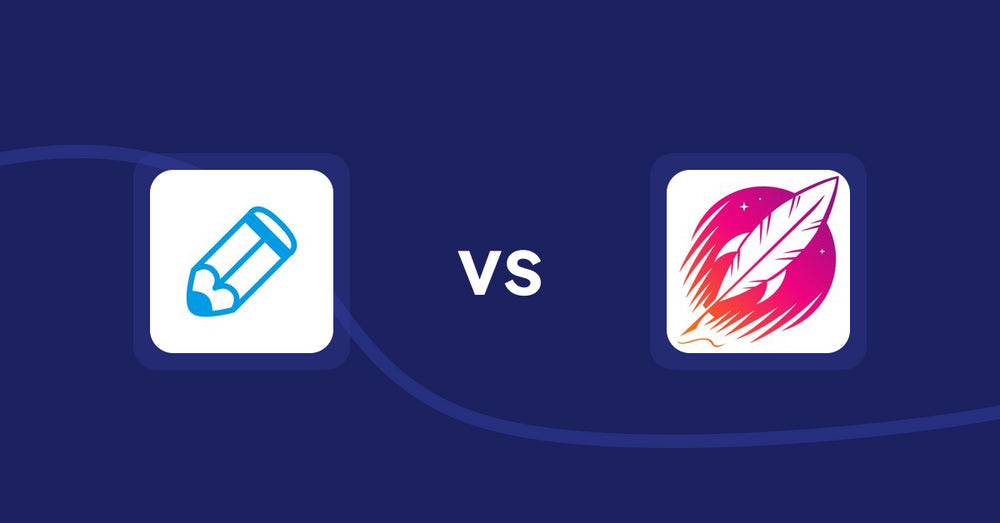
Shopify Product Display Apps: Writer Sofia vs Wordsmith: Content Generator
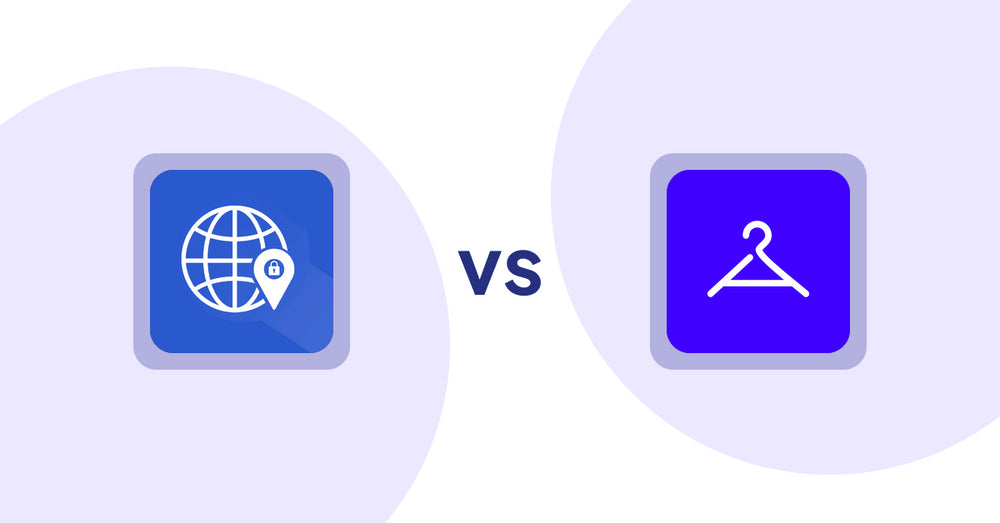
Shopify Product Display Apps: Addify ‑ Country Restrictions vs Aiuta
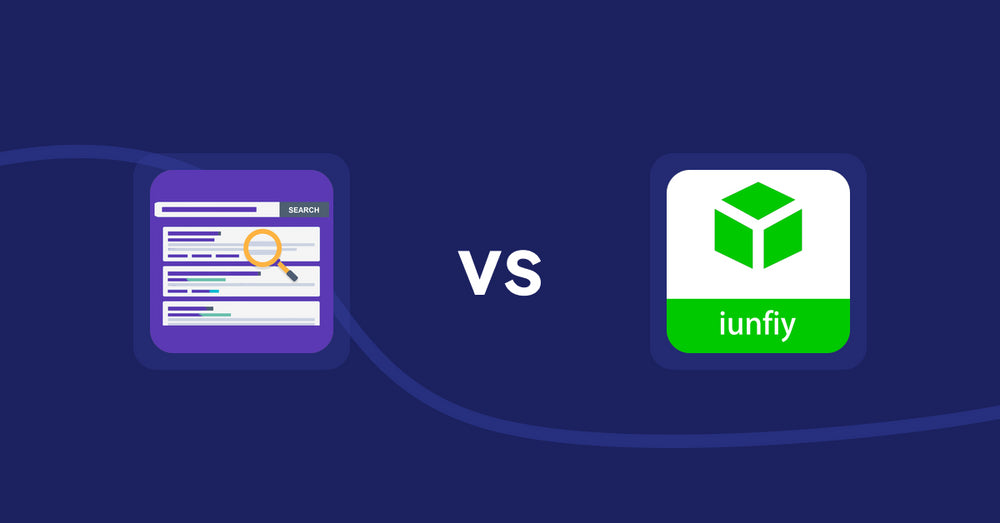
Shopify Product Display Apps: Spark AI Products Description vs iunfiy • Related Products
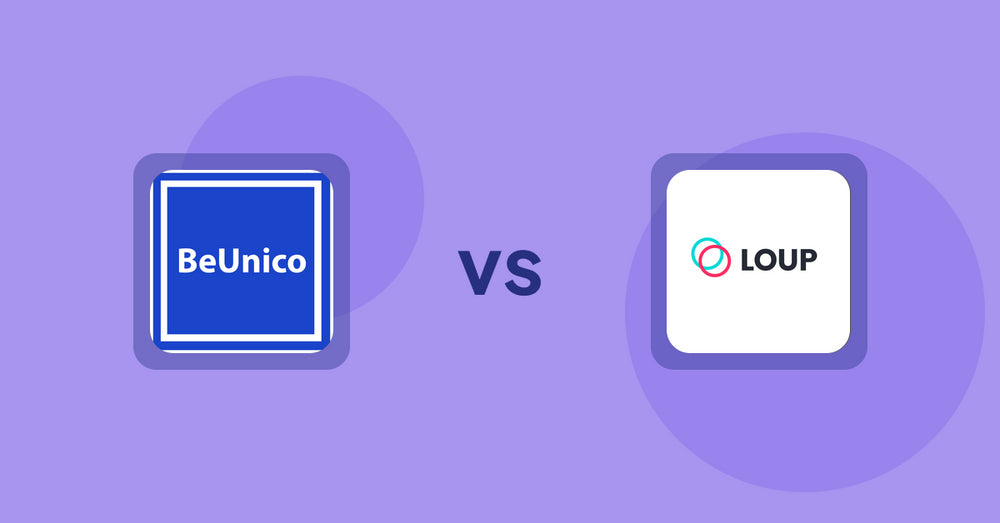
Shopify Product Display Apps: BeUnico vs Loup: Sell on Instagram
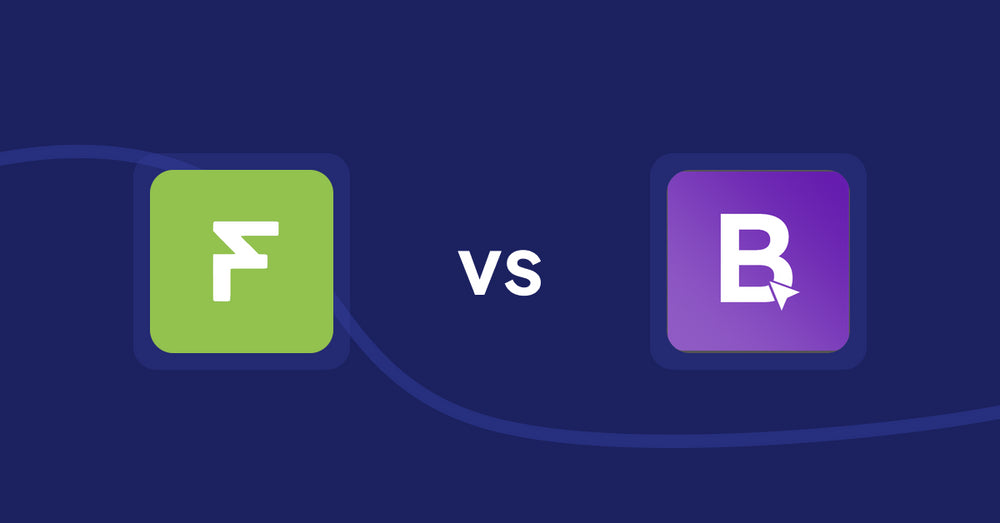
Shopify Product Display Apps: Easy Estimate Shipping vs BookE ‑Rent Property & Service
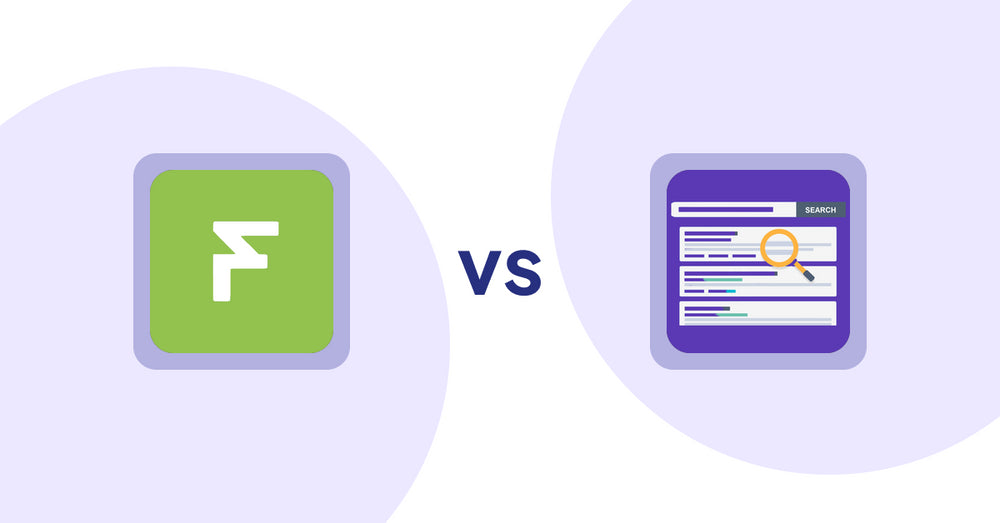
Shopify Product Display Apps: Easy Estimate Shipping vs. Spark AI Products Description
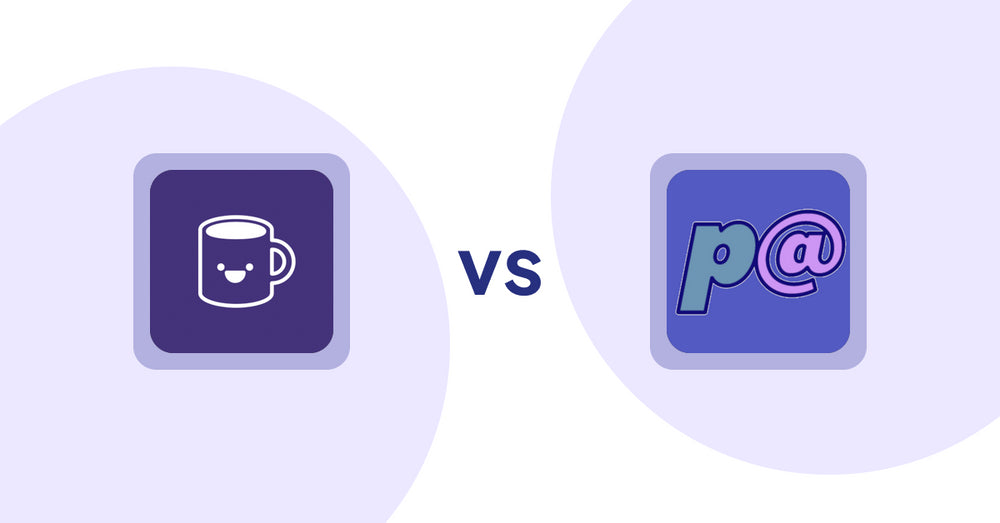
Shopify Product Display Apps: Mugshot Bot vs Parameterizer
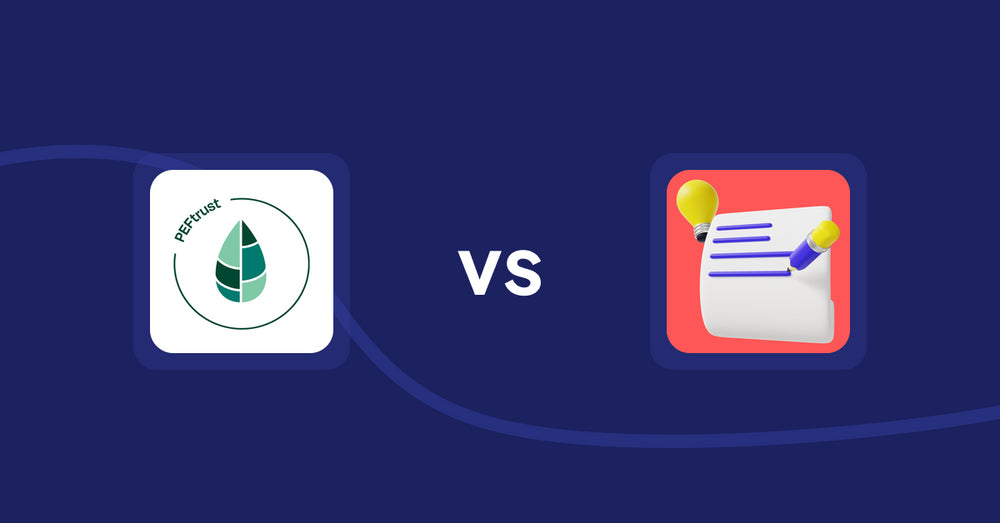
Shopify Product Display Apps: Peftrust vs. Wordo ‑ ChatGPT AI Description
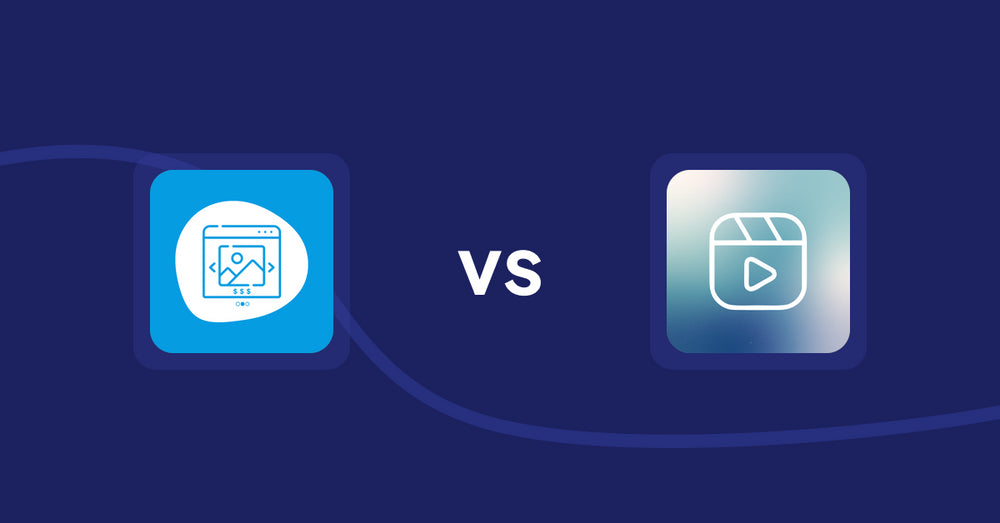
Shopify Product Display Apps: Quick Product Navigator Slide vs Reelify ‑ Shoppable Reel Video
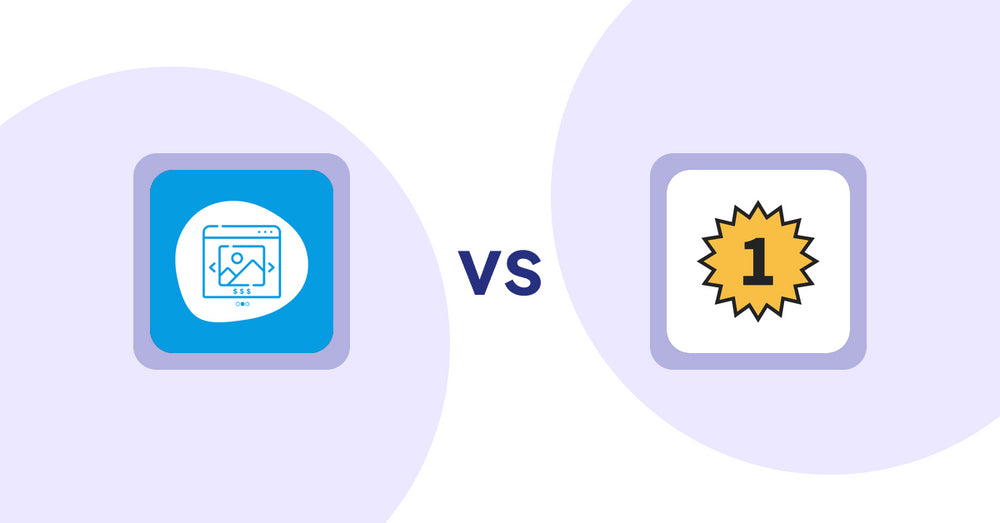
Shopify Product Display Apps: Quick Product Navigator Slide vs. UR: Smart Ranking
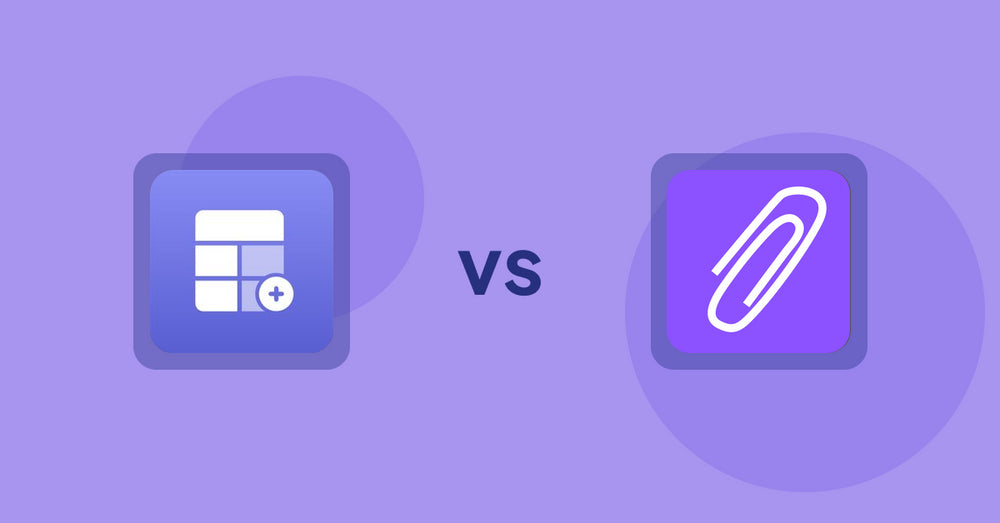
Shopify Product Display Apps: Eazy Specification Tags Table vs Agile Attachments
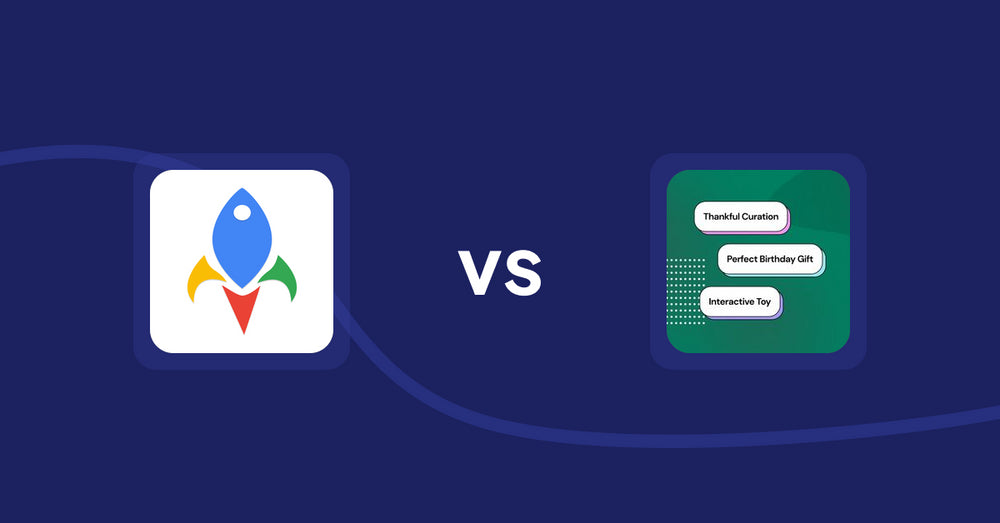
Shopify Product Display Apps: Jedi Back In Stock Admin Alert vs FeatureFrame ‑ Pretty Product
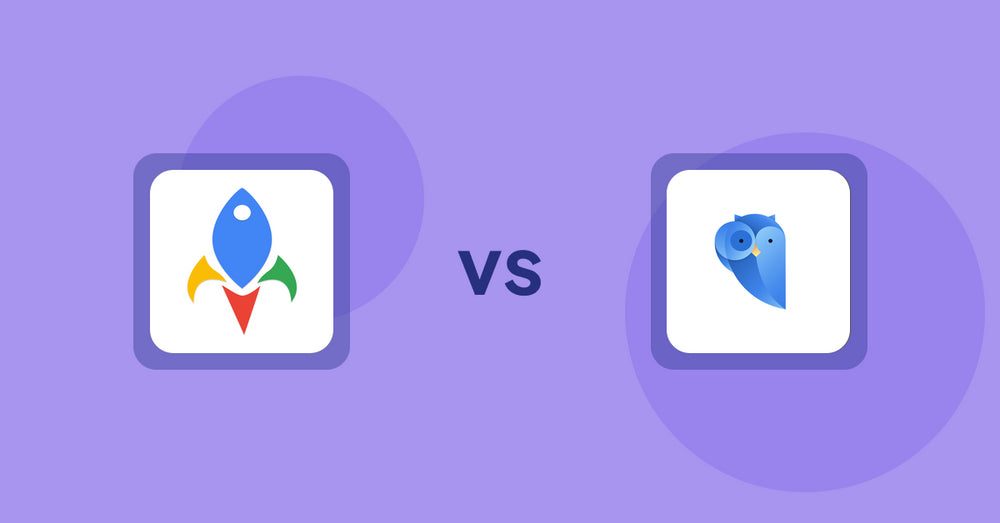
Shopify Product Display Apps: Jedi Back In Stock Admin Alert vs. Findify Search & Merchandise
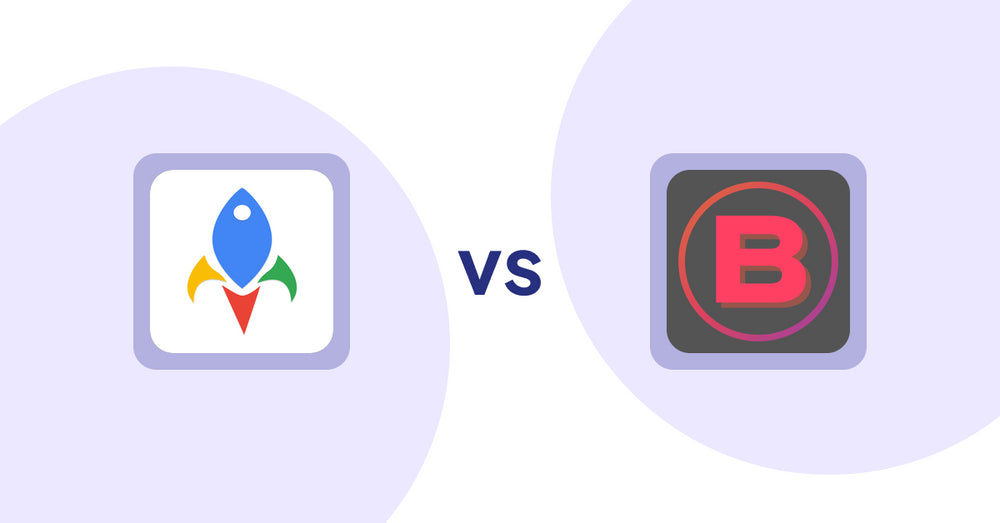
Shopify Product Display Apps: Jedi Back In Stock Admin Alert vs Banter Stories
